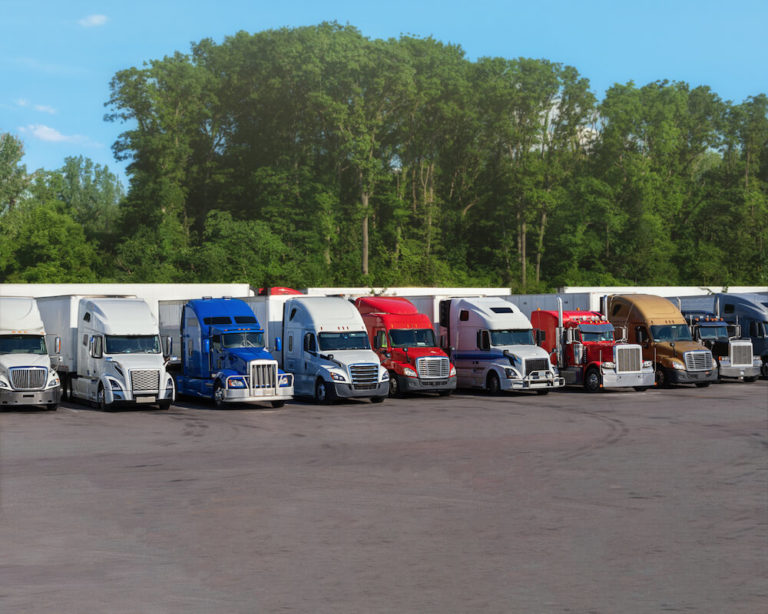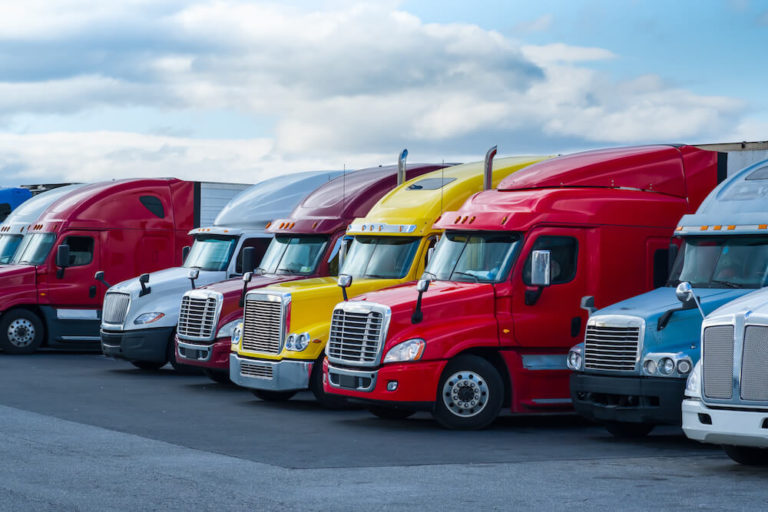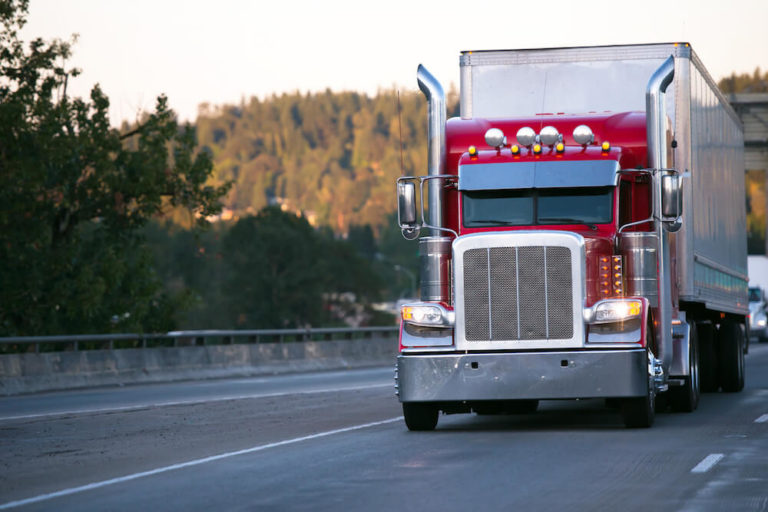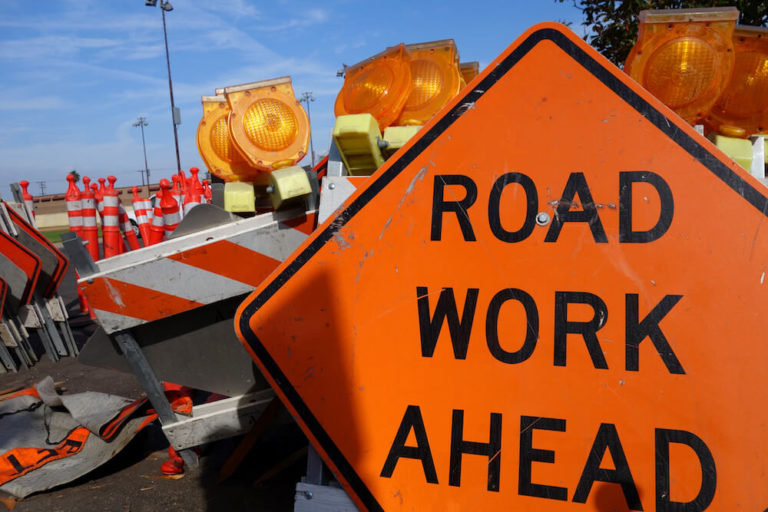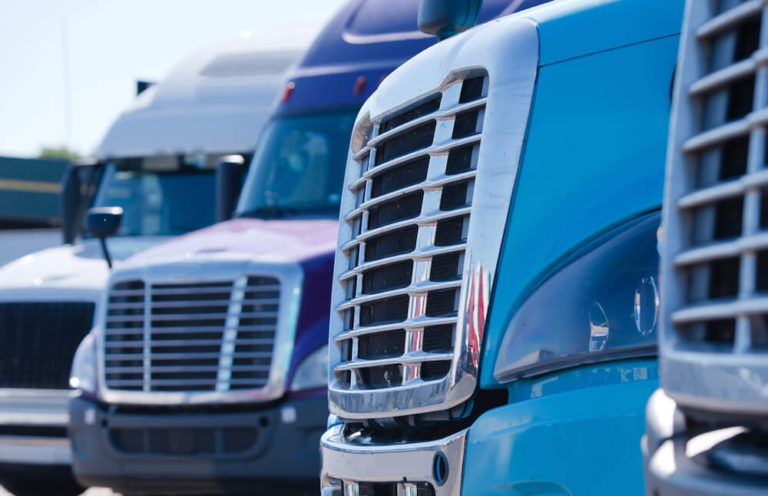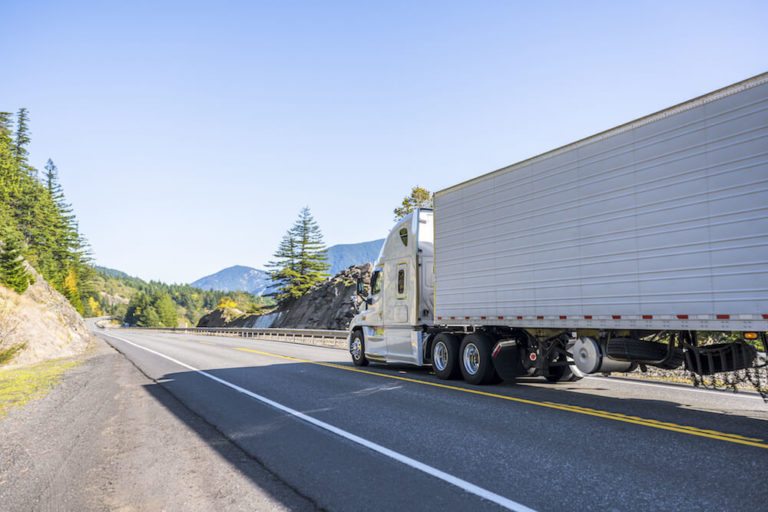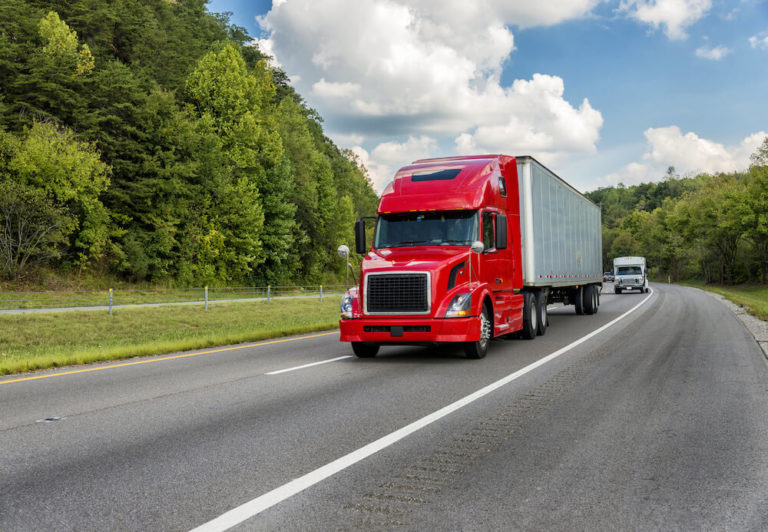Trucking is complicated. There are a lot of regulations you have to follow, and there’s a lot of safety-related data about your business that you need to keep track of. The FMCSA takes safety very seriously, so as a trucking business you need to be sure you’re playing by the rules. One resource that can help is the CSA website (Compliance, Safety, Accountability). What exactly can you find on the CSA website? We’ll explain eight things the CSA website can help you with.
Safety
We don’t have to tell you that trucking businesses face a lot of risks. The roads aren’t always the safest place, and that’s why it’s so important to take steps to emphasize and improve safety at your truck business. While this is beneficial because it will lessen the chance of your drivers and employees getting hurt, safety can also help you avoid truck insurance claims. In turn, that can help your truck insurance rates.
The following articles give suggestions and tips for improving different areas of safety at your business. Take some time to check out the various topics that we explore in the articles. We’ll explain the dangers of distracted driving, the importance of pre-trip vehicle inspections and preventive maintenance, why you should always wear a seatbelt, and more. Safety is an ongoing process, so it’s important to always be looking for ways to make your business a little safer. The following articles might help you think of ways to do that.
What’s a percentile in the SMS?
If you’re in the trucking world, there are a lot of terms and numbers used by the SMS (Safety Measurement System) when it comes to talking about a carrier. Especially when it comes to safety records. Interpreting these things can be a struggle. For example, one major component of these safety scores is the percentiles.
Why are bridge strikes and GPS connected?
Truck drivers are on the roads a lot, of course, and they use GPS (as we all do) to get around. There are also stories about trucks hitting bridges if they don’t have enough clearance. So, how are the two related? At first glance, they might not seem to be connected. However, there could be a connection. Here’s how that works and some tips for avoiding bridge strikes.
What is Our Roads, Our Safety?
The roads and highways are shared by a lot of different vehicles – passenger cars, motorcycles, large trucks, buses. And city streets can also feature pedestrians and cyclists. There are so many people using the roads to get where they need to go. According to the FMCSA, over 12 million commercial motor vehicles are registered to operate on the roads.
6 tips for driving a truck in work zones
If you drive a truck for a living, being safe on the road is crucial. You need to be constantly paying attention and taking care while operating a CMV. Your truck is just so much bigger than a passenger car. And work zones can be particularly hazardous. If there’s road work going on, that requires even more caution and care.
How do I see Safety Measurement System data?
It’s important for motor carriers to keep up with their SMS information (Safety Measurement System). The SMS is how the FMCSA ranks motor carriers’ safety performance. You need to keep up with your data, but how can you as a user access your SMS data so you can keep an eye with what’s going on with your business?
3 things to know about drug and alcohol violations in Clearinghouse
Clearinghouse is still a relatively new thing in the trucking world. Employers and drivers may still have questions about it, particularly when it comes to reporting driver violations and return-to-duty information. That seems like a big deal.
5 tips to improve in the CSA (Compliance, Safety, Accountability)
If you’re in the trucking world, you probably know all about the CSA (Compliance, Safety, Accountability) program from the FMCSA. It’s all about safety. It’s important to stay in favor with the FMCSA, and that means excelling in the CSA.

